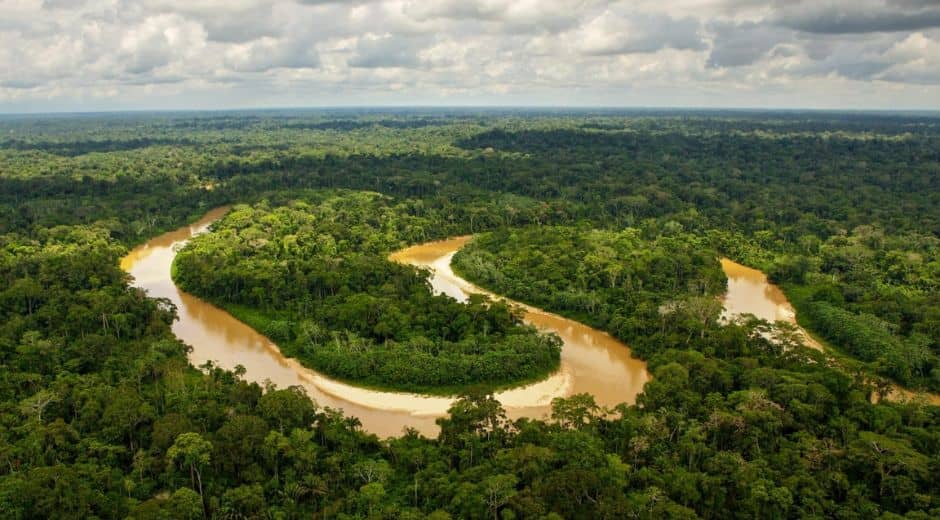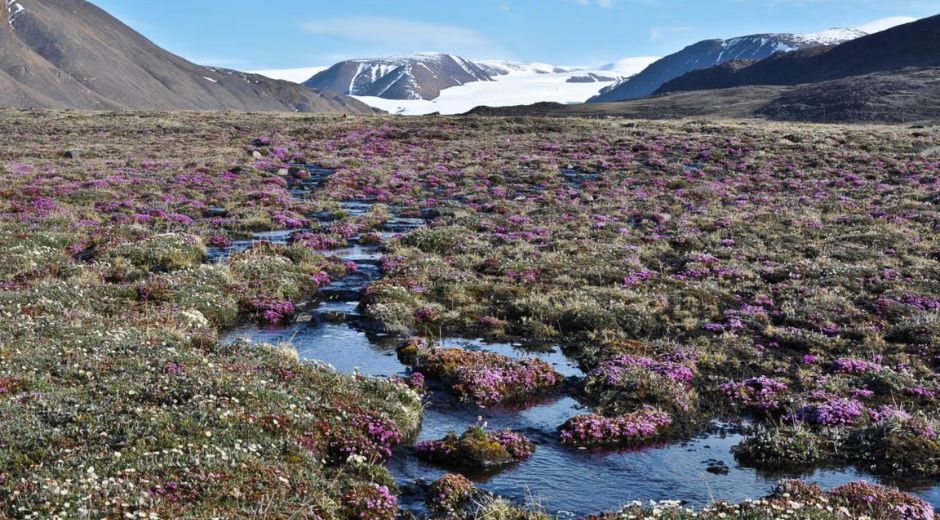Root Systems: The Hidden Networks Powering Plant Life
Beneath every thriving forest, garden, or field lies a world most people never see. Plants may capture our attention with vibrant leaves and colorful blooms, but their true strength lies below the soil. Root Systems are the hidden engines that support plant life, drawing water, storing nutrients, stabilizing soil, and connecting entire ecosystems in ways far more complex than they appear.
Understanding Root Systems reveals how plants survive for decades, adapt to environmental pressures, and maintain the balance of natural landscapes. Their underground architecture shapes the health of entire habitats, influencing water cycles, carbon storage, and soil fertility.
The Purpose of Root Systems in Plant Survival
Plants rely on Root Systems for far more than support. These structures anchor plants securely in the ground, preventing erosion during storms and creating stability in winds or floods. They absorb water and essential minerals required for growth, enabling plants to produce leaves, stems, flowers, and fruit.
Roots also serve as storage units, holding reserves of energy that plants use during drought, winter, or periods of low sunlight. They act as a communication network too, sending chemical signals that alert nearby plants to threats such as pests or disease.
This underground world is alive, interconnected, and essential for survival.
Types of Root Structures Found in Nature
Across the plant kingdom, roots take on different forms depending on species, climate, and soil type. Taproots, found in trees like oaks and pines, grow deep into the soil to access underground water reserves. Fibrous roots, common in grasses, spread wide to stabilize the ground and capture moisture from the upper layers.
Some plants develop aerial roots to absorb humidity from the air or help support heavy branching. Others grow adventitious roots, which emerge from stems or leaves during reproduction or after damage. The diversity of Root Systems allows plants to adapt to deserts, mountains, wetlands, and forests with remarkable resilience.
How Root Systems Shape Soil and Ecosystems
Roots continuously influence their surroundings. As they push through soil, they create channels that allow water, air, and nutrients to circulate more freely. This process improves soil health and fertility over time.
When roots die, they decompose and enrich the ground with organic matter. This cycle supports microorganisms, fungi, and insects that keep soil alive. Without healthy Root Systems, landscapes become more vulnerable to erosion, drought, and nutrient loss.
Entire ecosystems depend on these underground networks for stability. Forest floors resist landslides because of strong root structures, while grasslands stay intact because their roots protect the soil from being carried away by wind or rain.
The Mycorrhizal Relationship Between Roots and Fungi
One of the most fascinating interactions in nature occurs between Root Systems and fungi. Mycorrhizal networks form when fungi attach themselves to roots, creating a partnership that benefits both sides.
Fungi expand the plant’s ability to absorb nutrients, especially phosphorus and nitrogen. In exchange, the plant provides carbohydrates that the fungi cannot produce themselves. These interconnected webs allow trees and plants to share resources, warn each other of environmental threats, and support younger or weaker neighbors.
This phenomenon, often called the “wood-wide web,” demonstrates how complex and intelligent natural ecosystems can be.
Root Systems and Water Regulation
Plants play a major role in water distribution across the environment. Deep Root Systems pull water upward from underground sources, helping maintain moisture in the soil and surrounding vegetation.
Shallow roots absorb rainfall quickly, reducing runoff and preventing flooding. In forests, roots act as natural sponges, slowing the movement of water and encouraging it to seep deeper into the earth. This replenishes groundwater and stabilizes river flow.
Where root structures are removed — such as during deforestation — water cycles become disrupted, leading to drought, flooding, and soil degradation.
Impacts of Climate Change on Root Function
Rising temperatures, shifting rainfall patterns, and increased soil erosion challenge Root Systems around the world. Drought forces plants to grow deeper roots in search of water, while heavy rain can compact soil and suffocate roots.
Climate change also alters the movement of nutrients within soil, affecting how roots absorb essential minerals. Some species adapt more quickly than others, but many struggle when environmental shifts occur too rapidly.
According to Britannica, changes in soil chemistry and moisture levels directly influence plant health and crop productivity, making it essential to protect root environments from further harm.
Human Activities and Root Health
Urban development, monoculture farming, and deforestation severely impact Root Systems. Construction compacts soil, limiting its ability to hold air and water. Pesticides and chemical fertilizers damage microorganisms that roots depend on.
Intensive agriculture removes plants that help regenerate soil, leaving the ground weaker and more prone to erosion. When Root Systems are damaged, entire landscapes suffer. Restoring soil often takes decades, and in some cases, the damage becomes irreversible.
This is why sustainable farming, organic fertilizers, and forest protection are crucial for preserving healthy root environments.
How Humans Can Support Root Systems
There are many ways to support underground plant networks:
• Plant native species that thrive naturally in local conditions
• Use organic mulch to boost soil nutrients and protect moisture
• Reduce soil compaction by avoiding excessive construction or heavy foot traffic
• Support reforestation and habitat restoration programs
Urban homeowners can also improve root health by planting shade trees, building rain gardens, or reducing the use of chemical treatments.
Innovative ideas for environmental improvement can also be found on BusinessForumHub, where projects exploring ecological restoration are highlighted.
Root Systems in Agriculture and Food Production
Healthy root environments are essential for global food security. Strong roots create healthier crops, increase water efficiency, and improve soil structure.
Farmers who focus on soil regeneration see significant improvements in harvest quality. Techniques such as crop rotation, cover crops, and composting ensure that Root Systems remain strong and capable of supporting long-term food production.
Roots also help store carbon in the ground, making agriculture a potential ally in the fight against climate change.
The Underground Biodiversity Root Systems Support
Roots act as a foundation for countless forms of life. Microbes, earthworms, beetles, and fungi depend on root environments for shelter and food. These creatures break down organic matter, enrich soil, and support plant growth.
Without the support of diverse Root Systems, soil biodiversity declines, leading to weaker plants, reduced crop yields, and unstable ecosystems. Maintaining rich soil life is key to a thriving planet.
Internal Connection: Nature’s Silent Foundation
At BioNatureVista, we explore the natural mechanisms that keep Earth’s ecosystems healthy. Root Systems are one of the most essential, yet most overlooked, components of the natural world.
By understanding and protecting these underground networks, we safeguard not only plant life but the entire chain of organisms that depend on stable soil and thriving vegetation.
Conclusion: Strength Beneath the Surface
Every plant stands tall because of the power hidden beneath the surface. Root Systems provide stability, nourishment, water, and connection to the wider natural world.
As ecosystems face increasing pressure, recognizing the importance of roots becomes vital. Protecting plant foundations means protecting forests, grasslands, farms, and freshwater systems.
What happens below ground determines the strength of everything above it. By valuing the hidden networks that sustain life, we help ensure a future where ecosystems remain strong, resilient, and full of growth.
Nature Inspires Every Step

How Tundra Wildlife Survives Extreme Arctic Conditions
How Tundra Wildlife Survives Extreme Arctic Conditions

Life Above the Trees: Exploring the Rainforest Canopy
Life Above the Trees: Exploring the Rainforest Canopy













